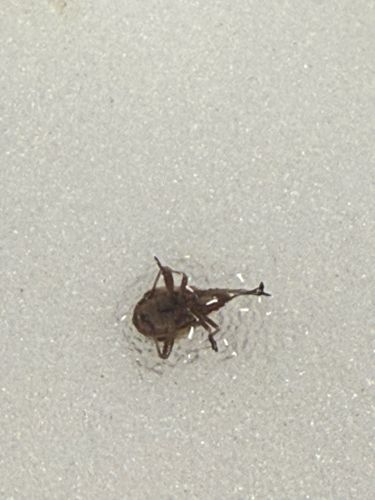Louse Fly
Scientific Name: Hippoboscidae (family)
Order & Family: Diptera (Order), Hippoboscidae (Family)
Size: Typically 3-12 mm

Natural Habitat
Various environments, often associated with their host animals (birds or mammals). Can be found in nests, dens, or on the hosts themselves.
Diet & Feeding
Obligate ectoparasites, feeding solely on the blood of birds and mammals. Both male and female louse flies are blood feeders.
Behavior Patterns
Louse flies are highly adapted for parasitism. They are typically flattened and leathery, allowing them to move easily through fur or feathers. Many species have strong claws for grasping host hair/feathers. Some species are winged and can fly to find new hosts, while others are wingless or shed their wings after finding a host. They exhibit adenotrophic viviparity, meaning the larvae develop internally, nourished by 'milk glands', and are deposited as full-grown prepupae that immediately pupate.
Risks & Benefits
Potential risks include being vectors for various blood-borne parasites and diseases in their animal hosts, such as avian malaria, trypanosomes, or other protozoan parasites. In some cases, they can be a nuisance to livestock or pets due to their biting. They are generally not considered a direct risk or benefit to humans, though bites can be irritating.
Identified on: 10/3/2025